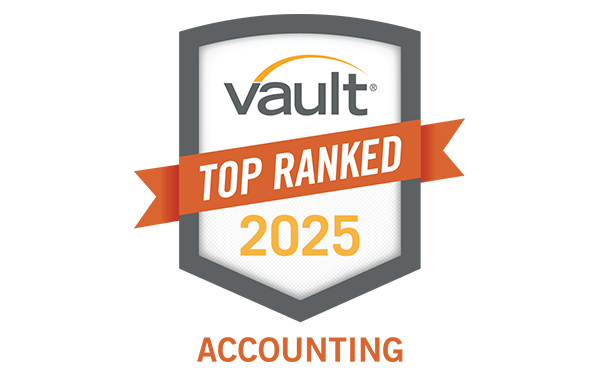Over one trillion dollars of commitments for SEC registrants was reported by the U.S. Securities and Exchange Commission as not being presented on their balance sheets in 2005. This crucial investing information was buried in the footnotes of the financial statements. These commitments relate to lease transactions.
Lease transactions fall into one of two categories: operating or capital leases. In operating leases, the lessee would not recognize lease assets or liabilities on the balance sheet. For example, a lease of office space for five years. In capital leases, the lessee would recognize lease assets and liabilities on the balance sheet. An example of a capital lease would be a lease of equipment for nearly all of its useful life. Operating leases are the focus of the much needed change to financial reporting to increase transparency. The current way in which operating leases are presented has been criticized for failing to meet the needs of financial statement users because it does not truly reflect the transaction or the financial status of the client.
In 2006, a joint project was initiated by the Financial Accounting Standards Board and the International Accounting Standards Board to amend the financial reporting of leasing activities. The Financial Accounting Standards Board and the International Accounting Standards Board have issued three documents for public comment since the project began with more than 1,700 comment letters in response.
The goal of this project was to make sure that a new standard was not only warranted but feasible. Throughout the project, the Financial Accounting Standards Board and the International Accounting Standards Board conducted extensive outreach with diverse groups of stakeholders. That outreach included more than 200 meetings with preparers and users of financial statements; 15 public roundtables, with more than 180 representatives and organizations; 15 preparer workshops attended by representatives from more than 90 organizations; and 14 meetings with preparers. Financial Accounting Standards Board and the International Accounting Standards Board also met with more than 500 users of financial statements covering a broad range of industries.
On January 12, 2016, the International Accounting Standards Board issued its final standard on leases. On February 25, 2016, the Financial Accounting Standards Board issued its lease accounting standard, one of the major conjunction projects on which it has collaborated for ten years with the International Accounting Standards Board.
The accounting standards update targets to improve financial reporting about leasing transactions and will effect all companies and other organizations that lease assets such as property and equipment, in many cases putting their operating leases on the balance sheet for the first time.
While the standard differs somewhat from the International Accounting Standards Board’s, there aren’t many surprises in the final document. The update will require lessees to recognize on the balance sheet the assets and liabilities for the rights and obligations created by those leases.
Under the new standard, a lessee will be required to recognize assets and liabilities for leases with lease terms of more than 12 months. Consistent with current U.S. GAAP, the recognition, measurement, and presentation of expenses and cash flows arising from a lease by a lessee primarily will depend on its classification as a capital or operating lease. Prior to the new standard, only capital leases are required to be recognized on the balance sheet. The new standard will require both types of leases to be recognized on the balance sheet. For the income statement, operating leases will now be a single lease expense on a straight-line basis. For the cash flows statement, operating leases will now be for cash paid for lease payments. Additional disclosures are required to help investors and other financial statement users better understand the amount, timing, and uncertainty of cash flows arising from leases. These disclosures include qualitative and quantitative requirements, providing additional information about the amounts recorded in the financial statements.
Accounting for lessors will remain largely unchanged. But, the new standard contains some targeted improvements that are intended to facilitate lessor accounting with lessee accounting.
A wide variety of financial statements will be affected by the new leasing standard. The accounting standards update on leases will take effect for public companies for fiscal years, and interim periods within those fiscal years, beginning after Dec. 15, 2018. For all other organizations, the ASU on leases will take effect for fiscal years beginning after Dec. 15, 2019, and for interim periods within fiscal years beginning after Dec. 15, 2020. Early application will be permitted for all organizations.
While companies will have some time to get ready, the Financial Accounting Standards Board advises them not to wait too long. Early implementation is the most likely way to achieve a successful outcome.
By: John L. Leggero, CPA | Manager




